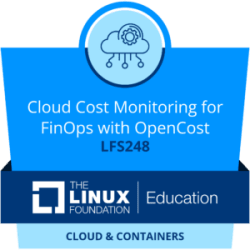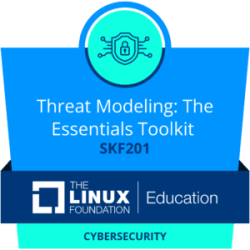Images
This course walks you through a series of demonstrations with a fully functional GitOps environment, which helps you grasp the true power of GitOps and how you could build infrastructures, deploy applications, and even do progressive releases, all via pull requests and git-based workflows. GitOps provides a simple, fast, yet secure way to run operational activities on platforms such as Kubernetes, including continuous delivery, rolling out infrastructure components and policies, and a quick remediation in case of failure. By the end of this course, you should be familiar with the need for GitOps, and understand the different reconciliation patterns and implementation options available, helping you make the right technological choices for your particular needs.
This course is for software developers interested in learning how to easily deploy their cloud native applications to Kubernetes; quality assurance engineers interested in understanding what a continuous delivery pipeline on Kubernetes looks like with GitOps; site reliability engineers looking for a simple, easy and secure solution to set up automated and continuous applications, infrastructure, and policy rollouts with an ability to do quick roll backs when needed; and anyone looking to understand the landscape of GitOps and learn how to choose and implement the right tools.
Similar resources
The key to a successful open technology project is to ensure a neutral playing field for all developers, technologists, and companies to collectively contribute to project evolution and growth. The Linux Foundation was built on the idea of the democratization of code and scaling adoption, for all projects equally. Expert legal and governance support programs ensure everyone is on the same playing field.


Introduction to JavaScript Security (LFS184)

Security for Software Development Managers (LFD125)

Cloud Cost Monitoring for FinOps with OpenCost (LFS248)

Conversational AI: Ensuring Compliance and Mitigating Risks (LFS120)

WebAssembly Components: From Cloud to Edge (LFD134)












